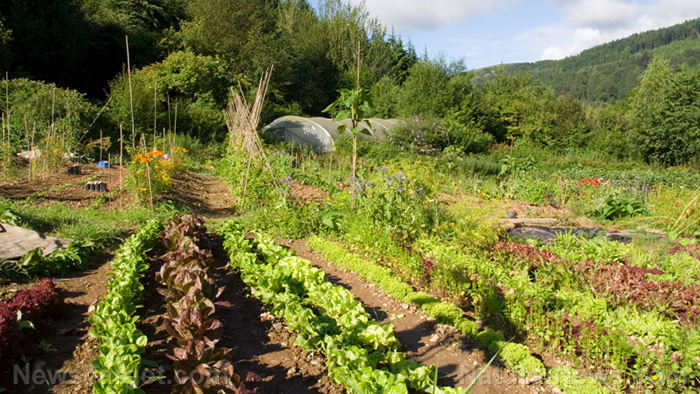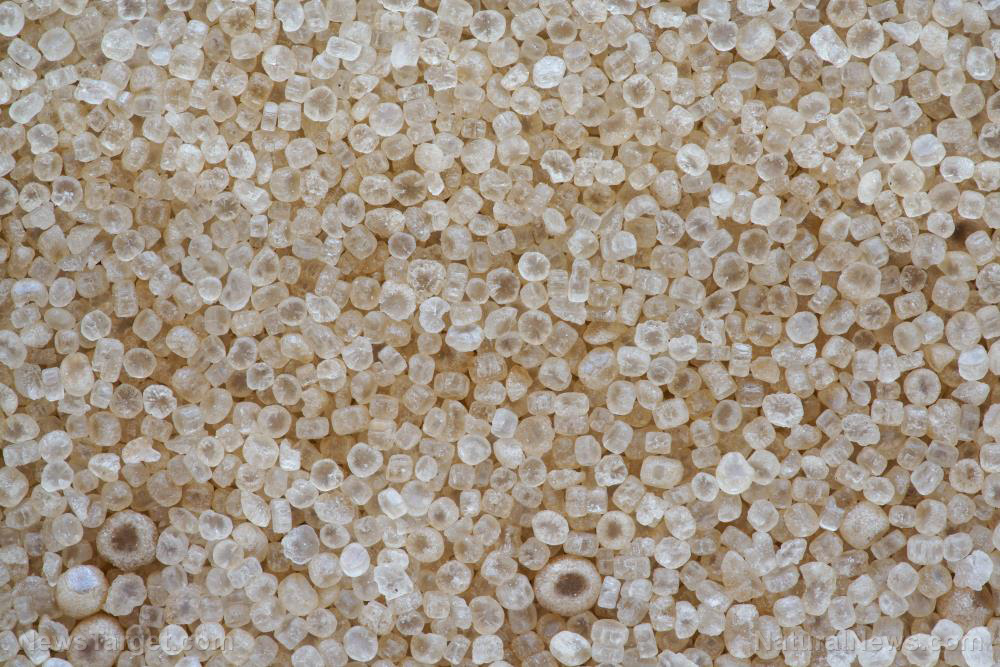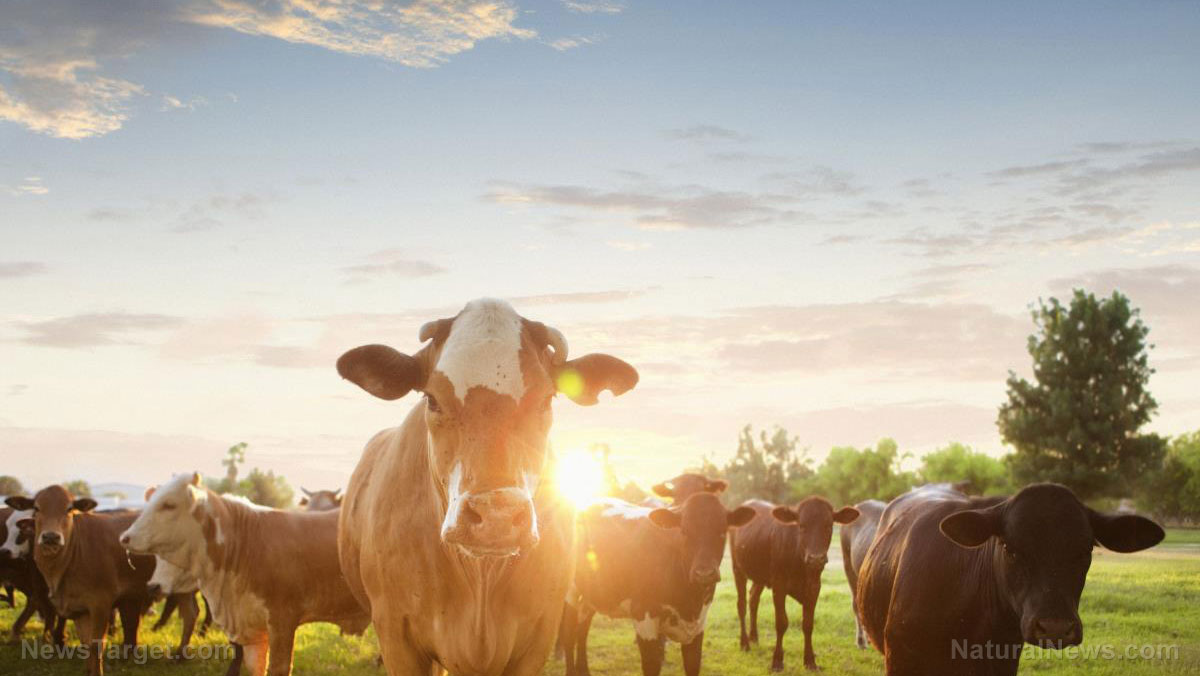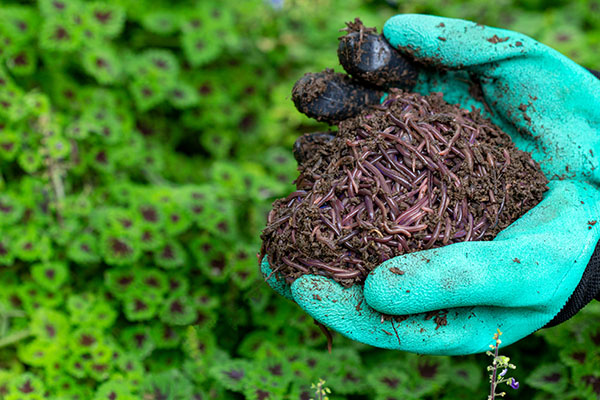
Turning just half of the people's lawns into food forests will be enough to solve their problems with food supply and can keep them and their families well fed during the inevitable food collapse.
This is according to Jim Gale, founder, CEO and chief storyteller of Food Forest Abundance, an organization dedicated to helping people grow their own food and become more self-sufficient. On April 20, Gale joined Dr. Peter Breggin on the latter's Brighteon.TV program, "ReFounding America," to talk about creating food forests in people's yards.
Earlier in the program, Breggin noted that more and more problems are emerging regarding global food supply chains.
"There's a great deal of talk about how we will eat no more meat, except maybe occasionally as a little prize for being especially good," said Breggin. "How we will be eating artificial vegetables, how there won't be fertilizer … with which to grow anything."
Gale proposed a very simple solution to this problem: converting just half of the people's front lawns into food forests.
A food forest, also known as a forest garden or an edible forest, is the practice of cultivating a patch of land in a way that mimics forest ecosystems as much as possible but for human food production.
This means integrating edible plants into already-existing patches of forest. But this could also mean turning lawns and other patches of undeveloped land into biodiverse, efficient and sustainable food production systems.
"How we change the world radically is when we turn 50 percent of our lawns into edible, regenerative landscapes, or food forests," said Gale. "When we do this, we reverse mass extinction and deforestation. We end world hunger, we reverse cancer, diabetes, heart disease trends. We literally wipe out all of the forms of tyranny and enslavement by simply doing what's best for us, and that's by growing food instead of half our lawns." (Related: The revolution is in your back yard: Become self-sufficient and start a home garden.)
Biodiversity essential for food forests
For people who want to start their own food forests, Gale emphasized the importance of creating a food forest that is teeming with biodiversity.
As an example of a sustainable, stable, resilient and biodiverse food forest, Gale talked about how the indigenous peoples that live in the Amazon have created patches of food forests within the vast Amazonian jungles.
"The Amazon was actually designed [as a] food forest 5,000 years ago," said Gale. "Look what we have now: One of the most biodiverse, life-giving places in the world. And that's what happens as a food forest expands."
To better understand how to design food forests in a way that closely reflects the local environment and its biodiversity, Gale recommended learning about permaculture. This is a way of designing and maintaining land that closely mimics natural ecosystems. Much like food forests themselves, permaculture abides by design principles that prioritize ecological diversity, stability, sustainability and resilience.
"The strength of a food forest permaculture … is the diversity," he said. "So, instead of having a monoculture, which is radically unsustainable and unnatural … we have 140 different types of food growing."
"You wouldn't want to have one or two, or three, or four, or five, or even 10 different types of food," said Gale. "You'd want to have 30 or 40, or 100 different types of food. The berries and the fruit trees and all the vines and all the different stuff. That's what creates the strength of the system."
Learn more ways to shore up personal food supplies by reading the latest articles at FoodSupply.news.
Watch below the full April 20 episode of "ReFounding America" with Dr. Peter Breggin. Catch new episodes of the program every Wednesday at 6-7 p.m. and Saturday at 1-2 p.m. on Brighteon.TV.
More related stories:
Global food prices surge to record highs; FAO warns of possible famine all over the world.
Sustainable farming: 7 Indigenous practices to preserve crop and soil health.
Sources include:
Please contact us for more information.





















